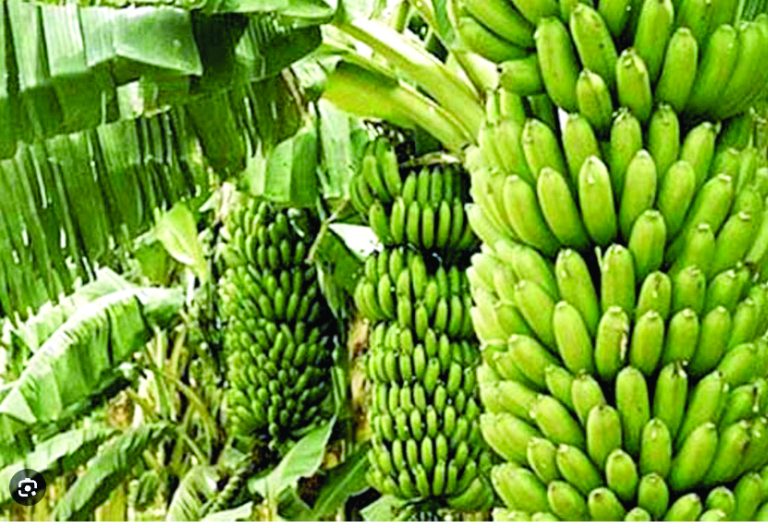EAC’s Sh555b banana sector threatened by new diseases
By Nicholas.Waitathu, December 20, 2024Agricultural value chain actors in East Africa and development partners are designing a comprehensive framework to tame emerging pests and diseases in the multi-billion-shilling banana industry.
Valued at $4.3billion (Sh554.7 billion), the industry faces severe destruction as migratory pests and diseases increase a situation feared might lead to high levels of grinding poverty, low development and insecurity. Some pests and infections are feared to cause 100 per cent destruction, forcing farmers to shift to other economic enterprises.
East African Community (EAC) agriculture actors and banana producers under the leadership of the Association for Strengthening Agricultural Research in Eastern and Central Africa (Asareca) agreed this week to fast-track an ambitious initiative to tame the pests and diseases. Sylvester Baguma, Asareca interim executive director noted that over 70 million growers in the East African region depend on banana farming.
Despite being a priority crop and a source of food and income for many houses, he noted banana farming is still constrained by the challenge of destructive pests and diseases and thus leading to low production and loss of income.
Baguma made the remarks early at a Nairobi hotel during a four-day regional capacity building workshop on preparedness and response to a new and emerging pest threat to bananas within EAC partner states. The meeting drew participants from Kenya, Tanzania, Uganda, Burundi, Rwanda, DRC iongo, Somalia and South Sudan.
Banana farming is struggling with diseases like Banana Xanthomonas Wilt, banana bunchy top disease, Fusarium wilt (Tropical Race 4), black and yellow sigatoka and banana rust thrips, also known as Chaetanaphothrips signipennis.
According to Baguma, these pests and diseases are thus very destructive causing unending miseries to the small holder farmers in the region, adding that countries in the regions are working on a comprehensive approach to confront the challenges. He added, the methodology will include developing a common policy in the region which will later be domesticated in partner countries and further focusing on improving the capacity of the agriculture value chain actors.
Over and above enhancing the capacity of stakeholders in preparedness and response, Baguma stated that the actions to be taken will focus on Country specific Actions plans for management.
He explained these actions which will involve comparing the various knowledge, technologies and expertise from various countries to ensure the various pests are managed, will be a game changer.
They will also involve reviewing of some of the policies that are prohibitive or hindering effective fights against emerging pests and diseases. In terms of production, Uganda is leading in Africa at six million tonnes annually followed by Angola at 4.35 million tonnes, Tanzania (3.59 million tonnes), Rwanda (2.14 million tonnes), and Burundi (1.28 million tonnes).
Bananas are the most important fruit crop in Kenya, accounting for 34.5 per cent of the country’s fruit production and 17.8 per cent of its horticultural value. Production in Kenya currently stands at round two million tonnes.
Zachary Kinyua, Assistant Director, Crop Health Research in Kenya Agricultural Livestock and Research Organisation (Kalro) said prevention of introduction and rapid action against a pest once detected is essential in protecting the livelihoods of vulnerable farmers and ensuring food and nutrition security in a country or region.
“Timely action would also help in avoiding excessive use of pest management resources, some of which would be undesirable from an environment protection perspective,” said Kinyua.
George Mahuku, a plant pathologist with International Institute of Tropical Agriculture (IITA) said the current emerging pests and diseases the region is grappling with have been there for long. For example, the Banana bunchy top virus (BBTV) was first reported in 2020 in Kigoma Tanzania and also Uganda.
“Most farmers did not have information of what the problem is and it seems the disease was probably there for the last five years and because most of them kept quiet for too long until they started losing all their plants when they raised the alarm, the devastation was massive,” he said.
